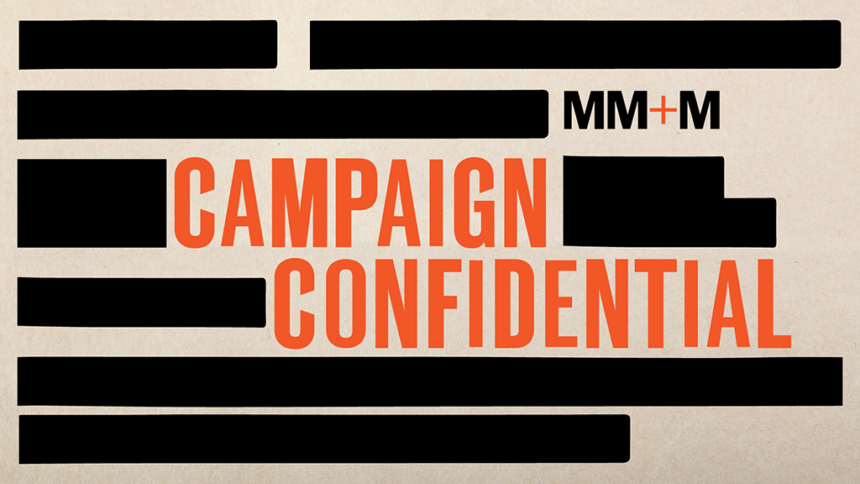Thanks to vaccines, whooping cough (nee pertussis) is not top of mind for many Americans. Following the introduction of the first vaccine in 1914 and then further protection as part of a combined vaccine with diphtheria and tetanus toxoids (as DTP) in 1948, the incidence of whooping cough declined dramatically.
While far fewer Americans get whooping cough today, the disease has not been eliminated. In 2019, the most recent year for which Centers for Disease Control and Prevention data are available, there were 18,617 known cases of pertussis in the United States. Annual spikes in cases are also common: In 2012, there were 48,277 cases.
Successful childhood vaccination programs and the mistaken impression that pertussis represents a threat to children and teens alone, however, have presented challenges for public awareness. The reality is that whooping cough frequently affects adults, both those who were never vaccinated for it and others who require boosters.
To address that public health blind spot, GlaxoSmithKline partnered with Tank Worldwide on a campaign addressing the misconception of whooping cough as “only” a childhood disease. The campaign employs lively animation and a candy-colored palette, noting that pool floaties, amusement parks and ice cream, just like whooping cough, are not for kids alone. The spot offers a brief overview of symptoms and directs viewers to the campaign website for more information.

“We are trying to reach people who are not constantly concerned with their health, so that when they see this message they will wonder if they have this vaccine,” Tank Worldwide creative director Bernardo Rodríguez explained.
The challenge intensified over the last year, as the pandemic dwarfed everything in and around the world of public health. “Everyone was talking about health, but this particular audience we were trying to reach started to shut down. ‘Don’t give me more ads about whether I need this shot or this treatment,’” Rodríguez continued. “We knew we needed a different tone or approach to break through and let people know there is a risk they are not aware of.”
Rodríguez believes the simplicity of the campaign and its central message makes it effective. “Of course we provide information and explain why it is important to get the vaccine, but the main message is simple: Whooping cough is for everyone, and it is for you if you are not protected,” he said.
GSK and Tank Worldwide had a live-action campaign ready to launch when COVID-19 prompted a reassessment of the companies’ approach. “Showing a live-action situation where someone was coughing was not only insensitive but wrong at that moment,” Rodríguez recalled. “One of the big challenges was how to talk about a cough. Creating an animated, friendly mouth still shares the message, but doesn’t cause anyone to feel repelled.”
As difficult as it was to spur a pandemic-era discussion around a condition that counts coughing as its most notable symptom, GSK and Tank Worldwide had surging anti-vaccine sentiment to consider as well.
“Every time we create a campaign we make sure we don’t poke the nest of anti-vaxxers and give them something to react to in the wrong way,” Rodríguez explained. “But we also realize that in many ways that is a lost battle. Convincing anti-vaxxers to change their mind is, if not impossible, not an easy task. Most of our campaigns are trying to fight hesitancy.”
That’s why Rodríguez considers the whooping cough effort more of a disease awareness campaign. “We’re talking about the disease itself and urging people to talk to their doctors about possible ways to reduce the risk of the disease, one of them being vaccines. The main point of this is to inform people about the whooping cough risk,” he said.
At the same time, Rodríguez believes the campaign’s light, entertaining tone has broader potential. “We are trying to create ads that, even though, yes, they will disrupt your entertainment in a way, they will be pleasing to see and also be useful,” he added.







